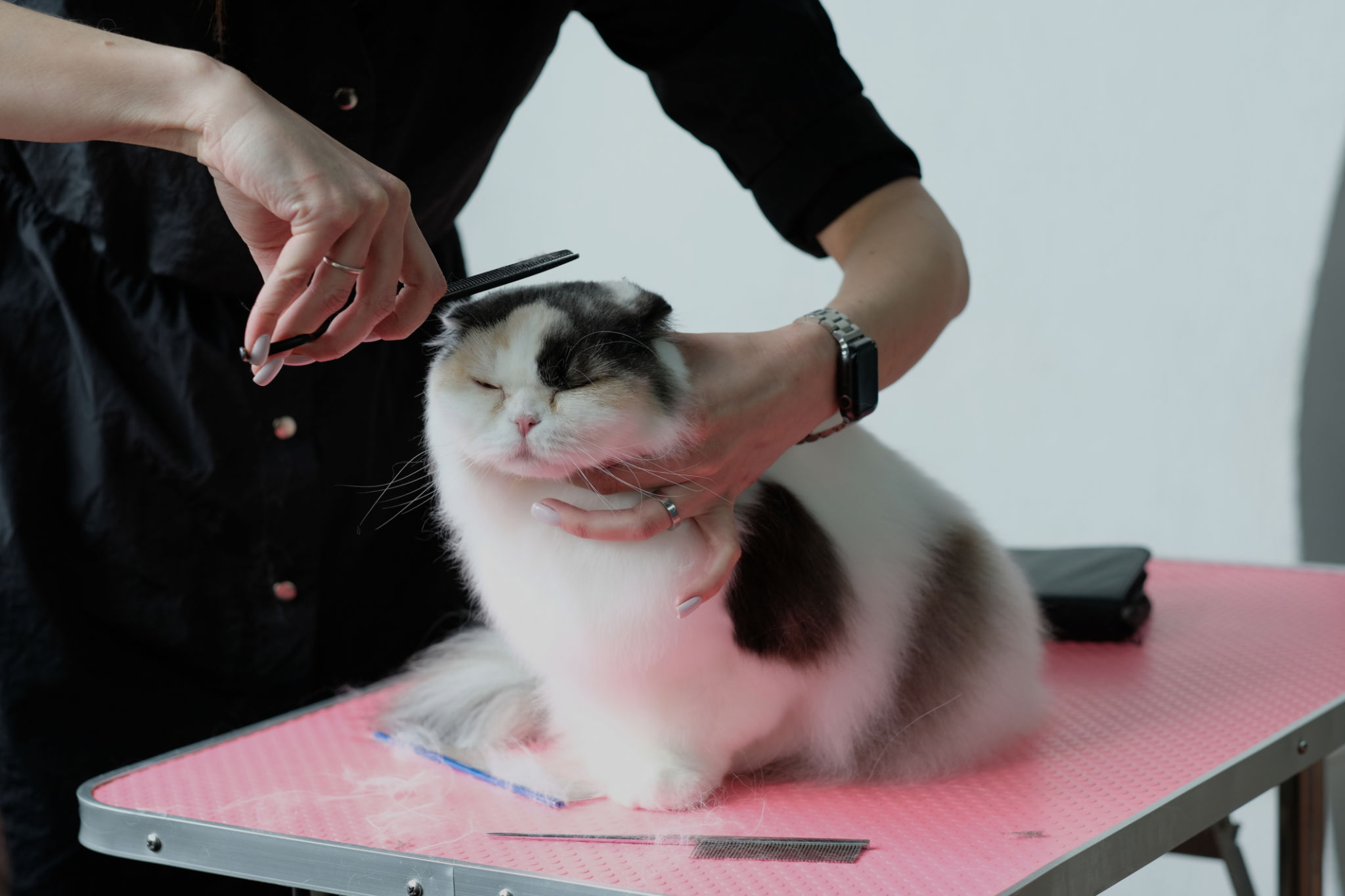Debunking Pet Care Myths: What Every Pet Owner in Mabel Should Know
PA
Understanding Common Pet Care Myths
As a pet owner in Mabel, it's crucial to navigate the wealth of information available about pet care. Unfortunately, not all of it is accurate. Misconceptions can lead to mistakes that affect your pet's well-being. Here, we debunk some of the most persistent pet care myths to help you make informed decisions for your furry friends.

Myth 1: Dogs and Cats Only Need to Visit the Vet When They're Sick
A common misconception is that pets only require veterinary attention when something is visibly wrong. In reality, regular vet visits are essential for preventive care. Routine check-ups can help detect early signs of health issues, ensuring your pet remains in optimal health. Vaccinations, dental care, and nutritional advice are all crucial elements of these visits.
It's recommended that pets have an annual vet check-up, though more frequent visits may be necessary for younger or older animals. Keeping up with these appointments can significantly enhance your pet's longevity and quality of life.
Myth 2: Cats Don't Need to Be Groomed
Some believe that cats are self-sufficient when it comes to grooming. While cats are excellent at keeping themselves clean, they still benefit from regular grooming sessions. Brushing helps reduce shedding, prevent hairballs, and allows you to check for parasites like fleas or ticks.

Long-haired breeds may require more frequent grooming to prevent mats and tangles. Additionally, regular grooming sessions can be a bonding experience between you and your cat, enhancing your relationship.
Myth 3: A Wagging Tail Means a Dog Is Happy
While a wagging tail often indicates happiness, it's not always the case. Dogs use their tails to communicate a range of emotions, including fear, anxiety, and aggression. It's essential to consider the context and other body language cues when interpreting your dog's tail wagging.
- A high, stiff wag could indicate alertness or dominance.
- A low wag might suggest submission or insecurity.
- A fast, sweeping wag with a relaxed body usually conveys happiness and friendliness.
Myth 4: Indoor Cats Don't Need Exercise
Another myth is that indoor cats don't need as much exercise as outdoor cats. However, lack of physical activity can lead to obesity and related health problems in indoor cats. Engaging your cat with interactive toys, climbing structures, and regular play sessions is vital to keep them healthy and mentally stimulated.

Consider setting up a cat-friendly environment with scratching posts and window perches to encourage movement and exploration. This not only provides exercise but also prevents boredom and behavioral issues.
Conclusion: Educate Yourself for Your Pet's Well-being
Being aware of these common myths helps ensure you're providing the best care for your pets. Always seek advice from qualified professionals when in doubt about any aspect of pet care. By staying informed and proactive, you can promote a healthier and happier life for your beloved companions in Mabel.
